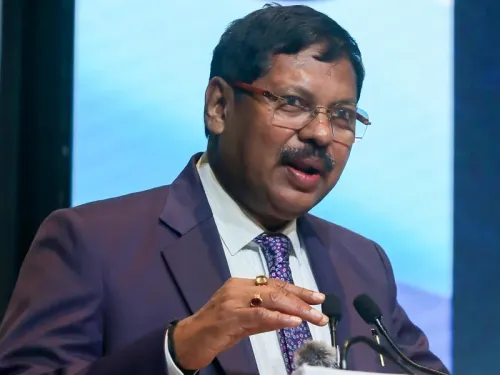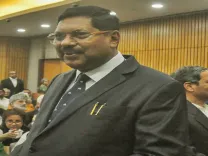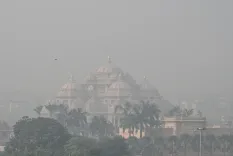Is Punjab Facing a Food Crisis Due to Torrential Rains?

Synopsis
Key Takeaways
- Floods in Punjab are exacerbated by poor governance.
- Thousands of acres of farmland are currently underwater.
- Political negligence is being blamed for the lack of preparation.
- Immediate action is required to prevent future flooding.
- Farmers are facing significant economic threats due to the floods.
Chandigarh, Aug 11 (NationPress) As floods disrupt various areas in Punjab, Leader of the Opposition Partap Singh Bajwa criticized the Aam Aadmi Party government, attributing the escalating crisis to what he labels as “blatant administrative negligence”.
Congress leader Bajwa emphasized that the heavy rains in the hilly regions, along with the discharge of excess water from dams, have submerged thousands of acres of agricultural land in Kapurthala district.
Additionally, the water released from the Pong Dam has adversely affected farmers in nearly three dozen villages within the Mukerian subdivision. The situation is similarly dire in Tarn Taran district, where rising water levels pose threats to lives, homes, and crops. The seasonal Ghaggar river has turned devastating due to the heavy rainfall this monsoon.
Bajwa referred to a media report highlighting that more than a dozen locations along the Sutlej, Beas, and Ravi rivers are at risk of flooding every monsoon. Yet, these known vulnerabilities remain unresolved year after year.
This situation, he argued, exposes a significant failure in administrative planning, engineering readiness, and interstate cooperation.
Experts consistently point to poor maintenance of flood-control systems, political disputes with Haryana, and outdated disaster management frameworks as contributors to the persistent devastation.
“The AAP government has evidently failed to take lessons from the 2023 floods, which caused extensive damage across the state. They have not implemented even fundamental measures like clearing drainage systems or strengthening embankments to alleviate future risks,” Bajwa stated.
“Rather than improving our flood management systems and preparing for the monsoon, the government opted for complacency. Consequently, the residents of Punjab, particularly its farmers, are again suffering due to this negligence.” Bajwa urged for immediate measures and accountability, asserting that the state cannot afford to be unprepared every monsoon.
“Floods in Punjab are no longer unexpected disasters; they are foreseeable, preventable, and the direct result of inadequate governance,” he concluded.









